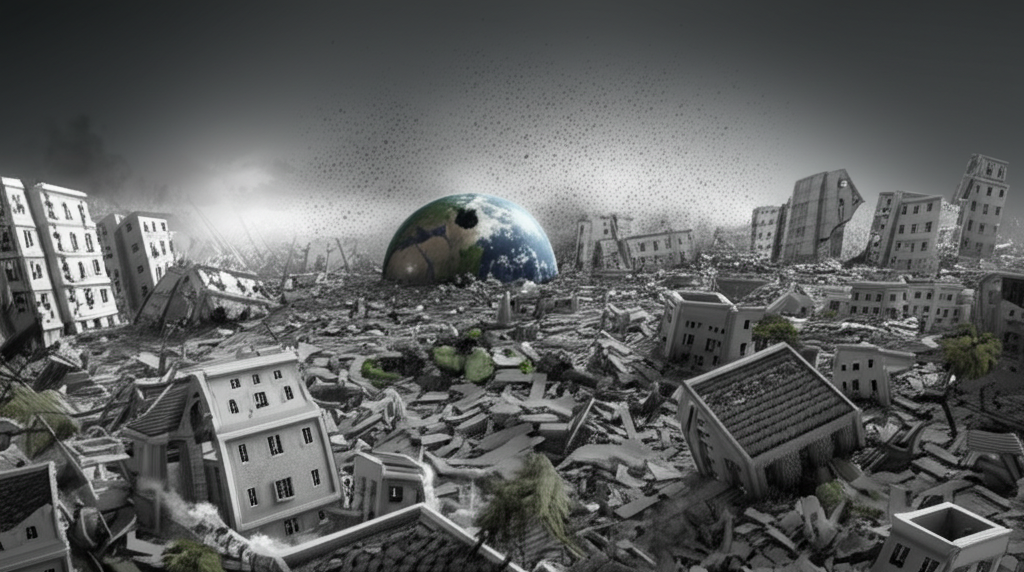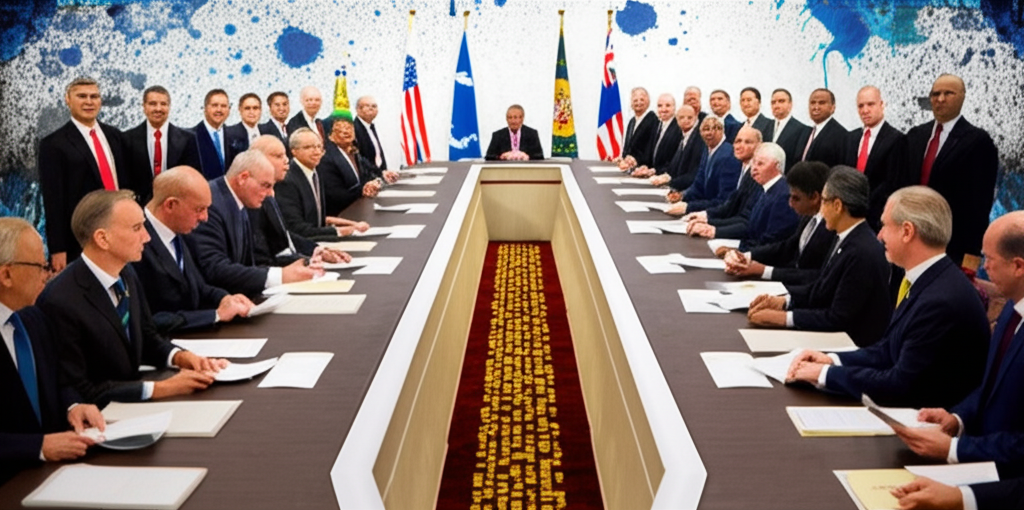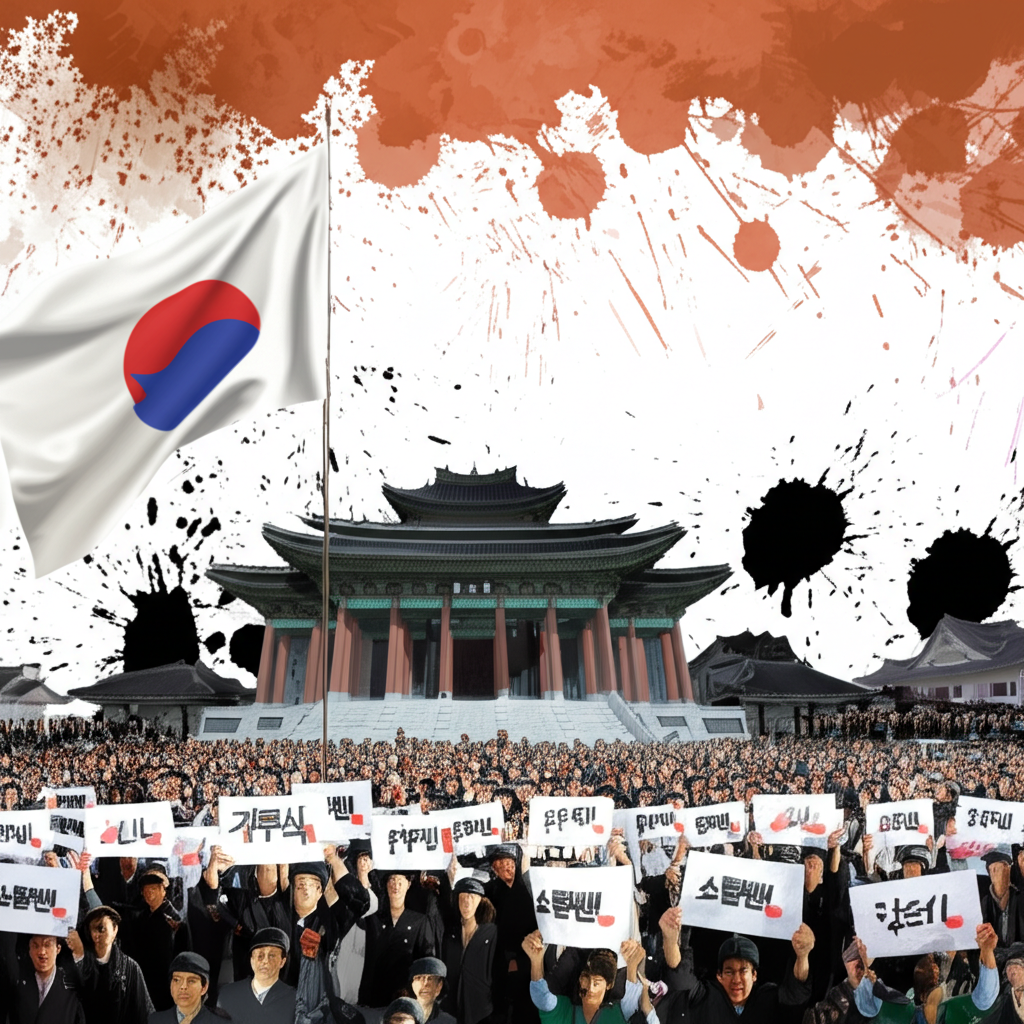Here’s a quick rundown of what’s happening:
- Miracle Rescues: Survivors pulled alive from the wreckage days after the quake.
- Military Conflict: Ongoing clashes hinder aid delivery.
- Rising Death Toll: Thousands confirmed dead, with fears of higher numbers.
- International Aid: Countries pledge support, but access remains a challenge.
Hope Emerges: Survivors Found Against the Odds
In a stunning turn of events, rescue teams have managed to pull several survivors from the debris in Myanmar. Two men were found alive in the capital, Naypyitaw, after being trapped for days in the ruins of a hotel. Another man was rescued from a guesthouse in Sagaing township, near the earthquake’s epicenter. These incredible rescues offer a glimmer of hope amid the widespread devastation.
Imagine being trapped under tons of rubble, with dwindling hope of rescue. These survivors endured unimaginable conditions, and their discovery is a testament to the dedication and skill of the rescue teams involved.
The Grim Reality: Rising Casualties and Widespread Damage
While the rescues are cause for celebration, the overall situation remains dire. The official death toll has climbed to over 2,800, with thousands more injured. However, local reports suggest that the actual number of casualties could be much higher. The earthquake, measuring a magnitude of 7.7, has toppled buildings, collapsed bridges, and created widespread chaos.
The destruction is particularly severe in areas near the epicenter, with entire communities reduced to rubble. Many regions are without power, communication, and access to basic necessities. This makes it incredibly difficult to assess the full extent of the damage and provide adequate assistance to those in need.
Civil War Hinders Rescue Efforts
The earthquake struck Myanmar amidst an ongoing civil war, further complicating the humanitarian crisis. The military, which seized power in 2021, continues to clash with armed resistance forces, making it difficult to deliver aid and reach those who are most vulnerable. Two major resistance groups have announced ceasefires, but the military has not reciprocated.
According to Richard Horsey, a senior advisor for Myanmar with the Crisis Group, the military is prioritizing its own survival over the needs of the people. This blatant disregard for human suffering is hindering relief efforts and exacerbating the crisis.
International Community Steps Up
Despite the challenges, the international community has pledged millions in assistance to Myanmar. Countries like Australia, India, China, Russia, and the United States are providing financial aid, rescue workers, and essential supplies. However, the effectiveness of this aid depends on overcoming the obstacles created by the ongoing conflict.
Here’s a breakdown of aid from major countries:
- Australia: $4.5 million (additional to $1.25 million) and a rapid response team.
- India: Aid flown in, two navy ships with supplies, and 200 rescue workers.
- China: 270 rescue workers.
- Russia: 212 rescue workers.
- UAE: 122 rescue workers.
- USA: $2 million in emergency assistance.
The United Nations estimates that over 3 million people were already displaced from their homes before the earthquake, and nearly 20 million were in need of assistance. The earthquake has only worsened this already dire situation, creating a humanitarian catastrophe of immense proportions.
The Road Ahead: Challenges and Uncertainties
The road to recovery in Myanmar will be long and arduous. The challenges are immense, ranging from the physical destruction caused by the earthquake to the political instability caused by the civil war. It is crucial that the international community continues to provide support and that all parties involved prioritize the needs of the people.
The situation in Myanmar serves as a stark reminder of the fragility of human life and the importance of solidarity in the face of disaster. While the challenges are daunting, the resilience and determination of the Myanmar people offer a glimmer of hope for the future.





